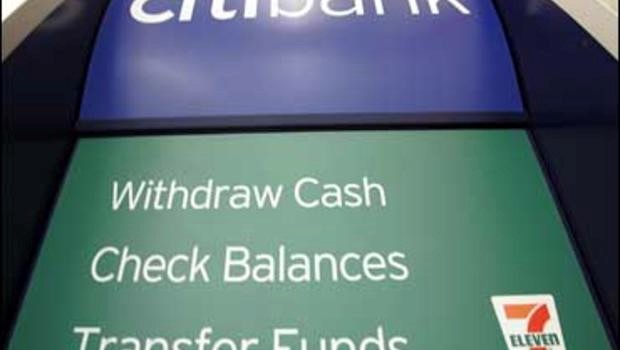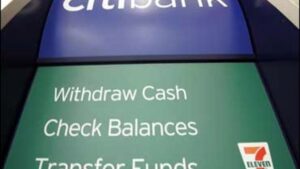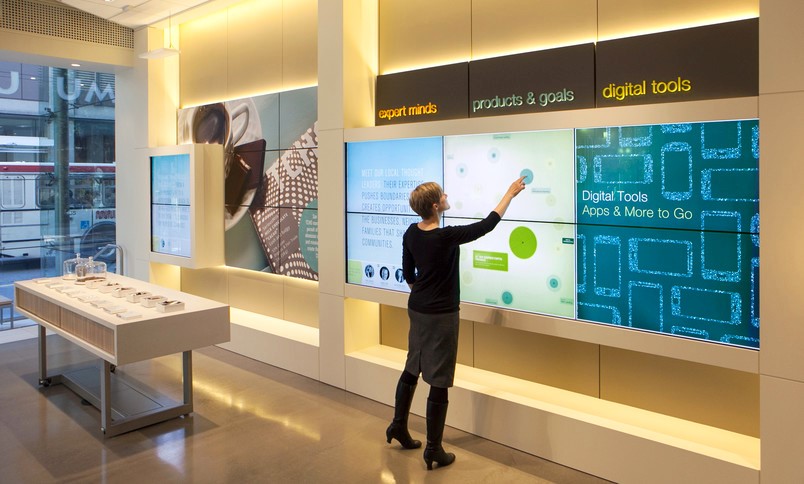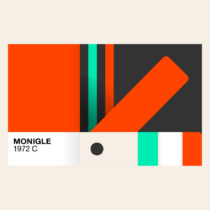The Biggest Bank Brand in the U.S. is Not Who You Think

Part 2 in our series on the changing world of retail banking
Did you know that 7-Eleven is the second biggest bank in the country? For most people, that comes as a big surprise, but you needn’t worry that you missed a major financial news headline. Even the media hasn’t picked up on this fact―so don’t adjust your Google or Talkwalker Alert settings.

But if you ask someone like Chris, he will tell you that 7-Eleven is his bank. Chris hasn’t been seduced by the promise of a $100 Slurpee gift card to open a checking account. Instead, he represents a growing number of professionals who have relocated only to find out that the bank with whom they have been doing business with for years does not have a branch in that city.
In the not too distant past, a national or regional bank with branches in Chris’ new city may have expected to pick him up as a new customer―this is no longer the case. Nowadays, there is little reason for Chris to visit a Citi branch, even when one is nearby. Most of his transactional banking is done either online, through his mobile device, or at one of his bank’s 6,000-branded ATMs inside 7-Eleven (For the record, Chris is a Citibank customer, but Wells Fargo has 6,314 non-branch locations, the highest in the nation). In short, if you ask Chris who he banks with today, his answer is 7-Eleven.
Comparing ATMs in 7-Eleven stores and bank branches may sound unfair, but it highlights the changing role of bank brands in people’s lives. Consumer choices do not align around the neatly defined competitive choices that the industry makes. They not only involve choices between brands, but also among non-traditional competitors and substitutes (is it inconceivable that PayPal and Apple could be future competitors to today’s retail banks? We say no.).
If Chris and others like him decide that an ATM in a convenience store or at the mall replaces the branch, then bank marketers need to take the idea very seriously.
Doing nothing is the risky option
Instead of worrying about fairness, forward-looking bank executives need to act today to deliver creative solutions that map to the experience that consumers want from their bank through a combination of technology, people, and creativity inside and outside the branch.

Chris’ story demonstrates Citibank’s strategy of leveraging digital touchpoints and a brand partnership with a national convenience store to minimize churn. Offering mobile banking to handle basic transactions has become a cost of entry, which means that while Citibank avoided losing share to another bank, it will find it just as hard to recruit new customers.
And, if customers can take care of their basic needs through a combination of online, mobile banking, and ATMs, what does that mean for a role its branches play?
As the role of banks continues to shift, and the need to appeal to a growing generation of millennials grows in importance, executives have an opportunity to use their brand as a conduit for shaping how these new omnichannel stories will be told and experiences brought to life across every interaction.
To learn more, visit Part One of this series, which explores the bank of the future.
Is your bank struggling to keep up with the rapidly changing environment? Contact us.
Gabriel Cohen is Monigle’s Chief Marketing Officer.



